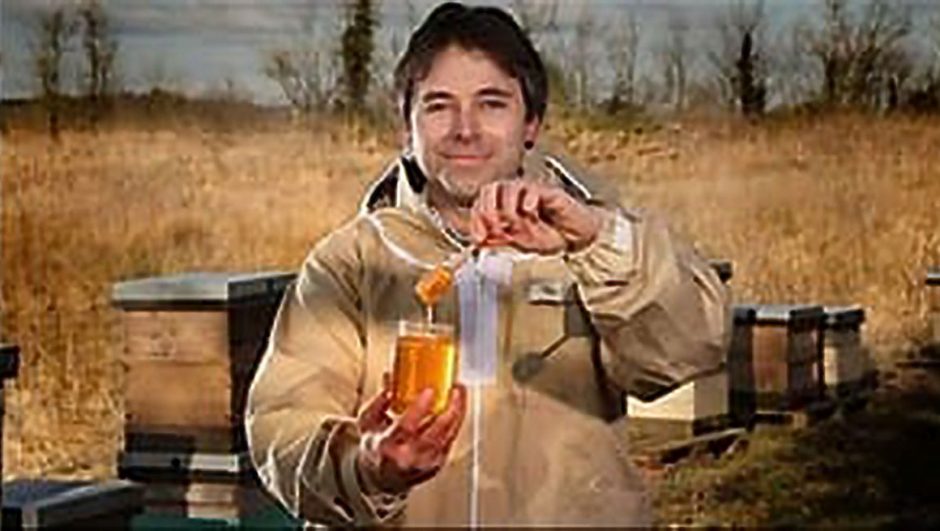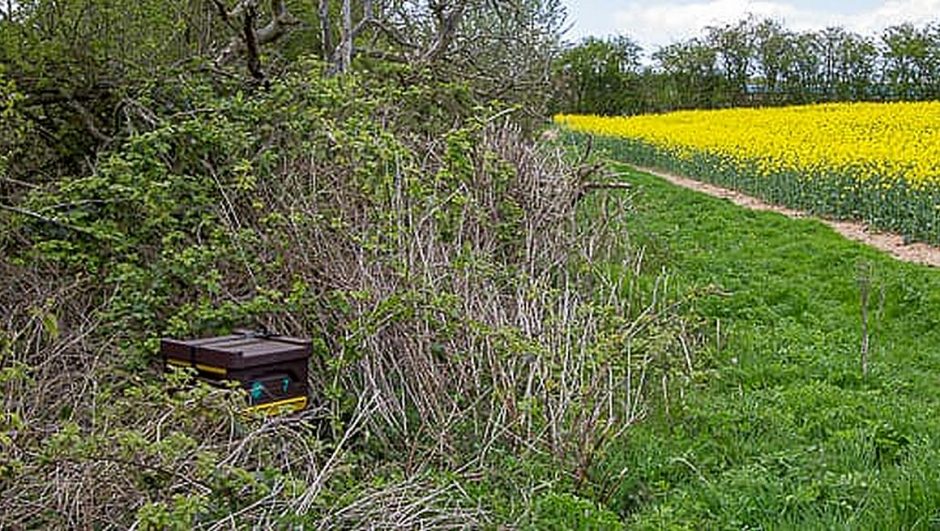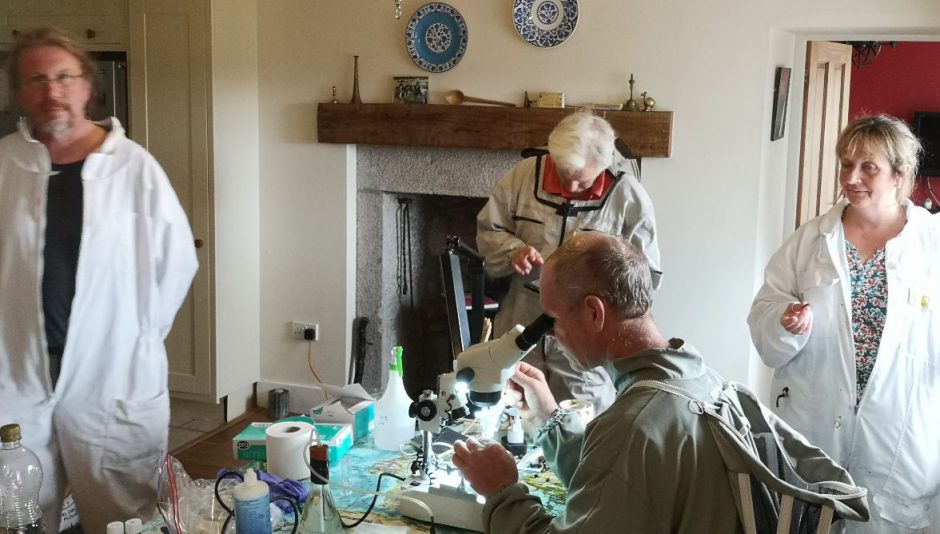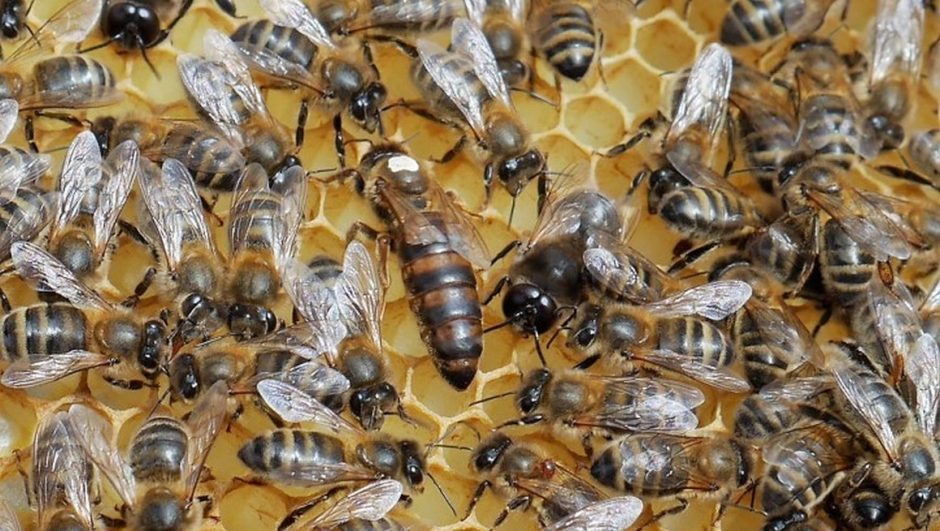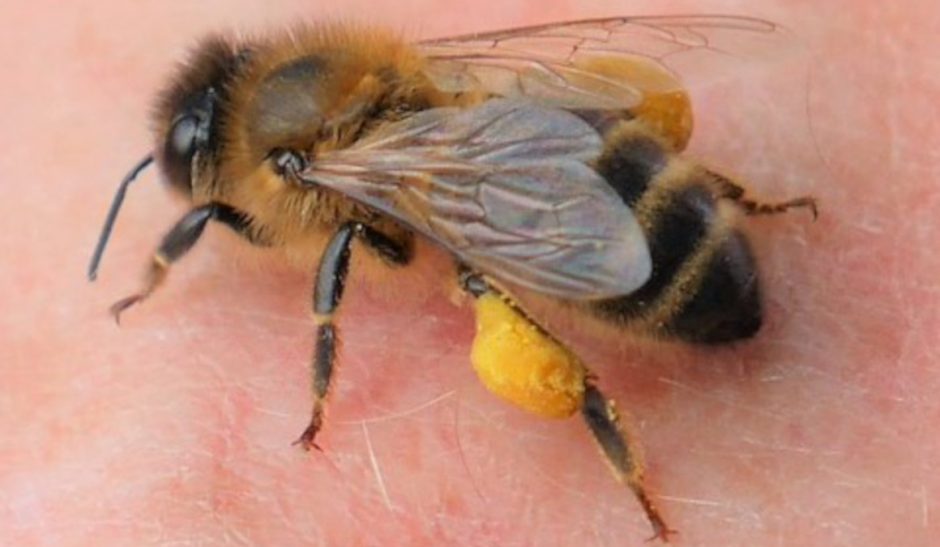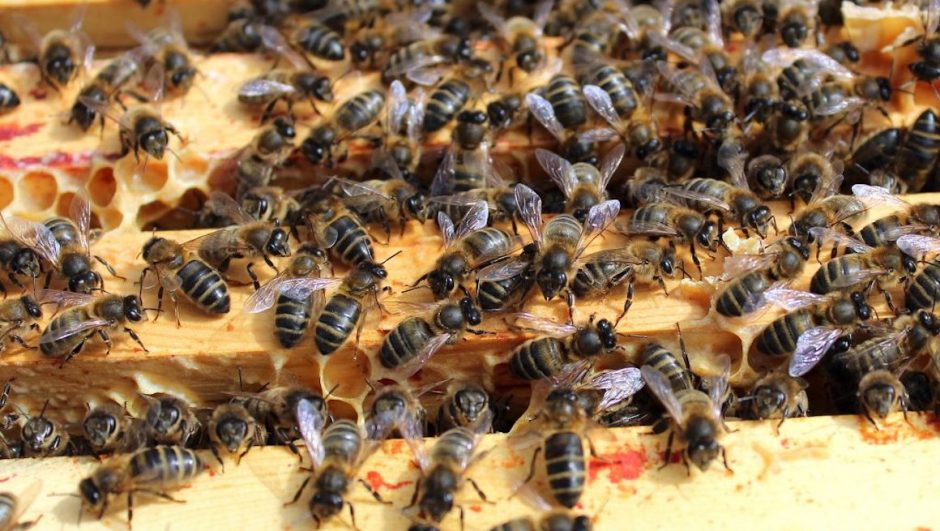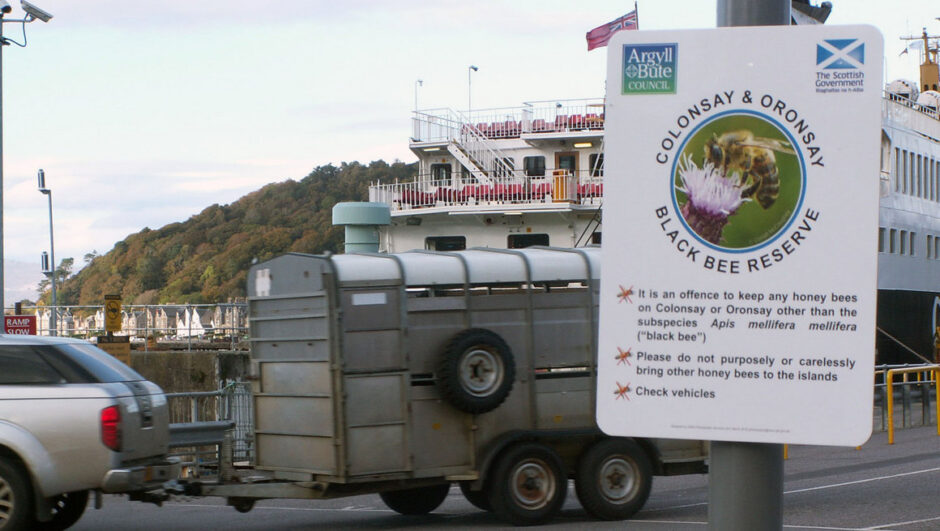29 Mar 2025, 10:00–16:00 GMT Queen Rearing Want to know all about queen rearing? Instrumental Insemination too? We are delighted that Darren Molyneaux of Bishop’s Bees, South Molton, Devon, has agreed to be our main… More
Winter into Summer
Our activities have shifted from winter discussions to work with our own bees, perhaps queen rearing if the weather improves, and to our informal monthly members’ meetings online. Looking back at our winter season, we had a great range of talks and discussions, many of which were recorded and can be viewed from our member’s pages. Sign on if you are a member and go to Members > SNHBS Talks and Workshops – and if you are not already a member you know what to do! Checkout the multi-contributor meeting on Chalkbrood, the science of Inbreeding in humans, bees and plants, Gabriele Soland’s talk on breeding native honey bees in Switzerland and Ben Harden with his thoughts on Amm. It is wonderful being able to call on such a range of thoughtful people who can contribute insight on conserving native honey bees.

NATIVES – Saving Scotland’s Original Honey Bees
We are honoured and delighted to have been able to assist Maxim Nekliudov to create his most recent masterpiece – NATIVES: Saving Scotland’s Original Honey Bees. He chronicles our efforts to try to re-establish our native honey bee. It has almost disappeared in most of Scotland in its pure form. In a parallel situation to that of the Scottish wildcats, the main threat to the survival of our dark native honey bees is from non-native stock, their ability to crossbreed with the indigenous subspecies and to do so over relatively long distances.
How do you counter the ever-increasing tide of traded and commercial stocks of other types of honey bee? Some countries in the EU have brought in regulations to control the type of honey bee which you can keep in large regions to ensure that they do not lose their native type to hybridisation. In Scotland we have one protected offshore island with pure native honey bees where this precious resource was set up, gained its protection and continues to thrive thanks to the efforts of one brave soul making his living from oysters and bees. How can we improve the situation and make more parts of Scotland a safe place for our native honey bee? Maxim documents our views on why conservation like this is important, on what we are starting to try to do to rejuvenate the type, on the long history of Colonsay as a home for the dark native honey bee (or ‘black bee’) and Andrew’s journey as he established the reserve. Maxim followed our visit to Colonsay where we started our own attempts to apply instrumental insemination as the best means of controlling matings in our native honey bee.
Maxim’s film is a delightful watch. Settle yourself down with a drink of your choice to experience his magical eye for atmosphere, for spotting the key moments, gently alluding to the characters involved, and for sneaking in his quirky sense of humour. The writer is going to call him The Bear from now on, not that this gentle, perceptive artist is anything other than the opposite in real life. Fifty minutes of the best videography around.
Free to view on YouTube: https://www.youtube.com/watch?v=DdS-_hfhc-o
Dan Basterfield – Simple Queen Raising
SNHBS Zoom Meeting: Monday, 11 September at 7:30pm.
We’re delighted to be starting our series of winter talks and workshops this season with a talk from Daniel Basterfield on Simple Queen Raising. Daniel and his father Ken have been running their Devon-based Blackbury Bee Farm since 2010 and are both well-known tutors in bee education. Daniel recently published the best guide around on ‘Using Apideas’.
Continue reading “Dan Basterfield – Simple Queen Raising”David Evans – Bait Hives
Our next SNHBS Zoom meeting is on Monday evening, 28 November, at 19:30, when David Evans will talk to us about bait hives.
This is a members-only event. If you’re not a member and wish to join SNHBS, see the Membership Page here. New memberships will now run until the end of 2023.
[Photo: David Evans]
First Winter Meeting
Topic: SNHBS Winter Meeting – Instrumental Insemination and Scottish Native Honey Bees
Time: Oct 31, 2022 07:30 PM London
Join us for our first meeting of the winter on Monday 31st October at 7:30 when Sarah Leahy, John Durkacz and Gavin Ramsay will lead a discussion on Instrumental Insemination. We will share why and how we set about trying the method this summer, with the valued assistance of Angus Nicol from Shetland, and all the difficulties and issues getting everything into place. We will also discuss where we think the technique may fit in for the future work of SNHBS.
[Members only. See October Newsletter for Zoom link.]
Scottish Native Honey Bee
Scotland’s native honey bee, Apis mellifera mellifera, is at serious risk of disappearing by being genetically swamped by cross-breeding with the non-native types now found across the country, rather like our native wildcat. Over many millennia, this honey bee adapted to our changeable and often windy climate on the Western fringes of Europe. These bees are often said to be stocky, dark, frugal and with particularly hairy backsides! All these traits can be useful to an insect needing to forage, survive and even mate in our cool, windy climate.
Continue reading “Scottish Native Honey Bee”SICAMM 2021: the online conference that’s got everyone buzzing
With over 200 delegates, the first SICAMM online conference about dark European honey bees has been a huge success.
SICAMM has held conferences every two years “to support the survey, conservation, management and breeding of all extant ecotypes and geographical variants of the dark European honey bee Apis mellifera mellifera.” Due to the Covid-19 pandemic, SICAMM was unable to hold the planned 2020 meeting in Ireland and, so the SICAMM committee organised and held its first online conference beginning on 23rd October, 2021. It has been followed with a weekly lecture series held every Wednesday evening at 6pm GMT. These sessions run until 22 March 2022.
Continue reading “SICAMM 2021: the online conference that’s got everyone buzzing”2021 Survey for Scottish Native Honey Bees
Open to all beekeepers in Scotland
We hope 2021 will see a gradual easing of restrictions as the Covid pandemic comes under control. We have planned an extended search for native honey bees this year which involves an easy to use initial photo screening and further assessment by a team of experienced Conservation Project assessors.
Our aim is to find good strains of native and near-native honey bees that are endemic to Scotland.
Continue reading “2021 Survey for Scottish Native Honey Bees”Threatened imports of non-native honey bees into Ireland ….
Recent reports in the media of threatened imports into Ireland of non-native honey bees has Irish beekeepers up in arms. The Scottish Native Honey Bee Society share the concerns of beekeepers in Ireland who have worked tirelessly and devoted a lifetime of beekeeping in bringing the native honey bee to the unique position it now occupies. To find out more please follow this link to the Native Irish Honey Bee Society ……. http://nihbs.org/
Conserving Black Bees
(Apis mellifera mellifera) in the Hebrides, Scotland
By Andrew Abrahams
We are grateful to the author Andrew Abrahams and the editor of the American Bee Journal for permission to use this article.
Readers might ask, why on earth spend much of a lifetime conserving what most beekeepers perceive as an aggressive, unproductive race of honey bee — a race perhaps left behind by history? I was fortunate, often by chance rather than grand design, to gather up some pure remnants of Scotland’s native honey bee (Apis mellifera mellifera) in the late 1970s and since then I have managed over decades to improve this population in the isolation of the remote island of Colonsay, which lies 16 miles off the west coast of Scotland (see https://colonsay.org.uk).
Continue reading “Conserving Black Bees”





